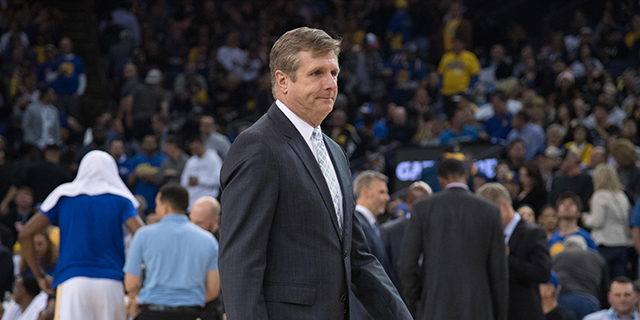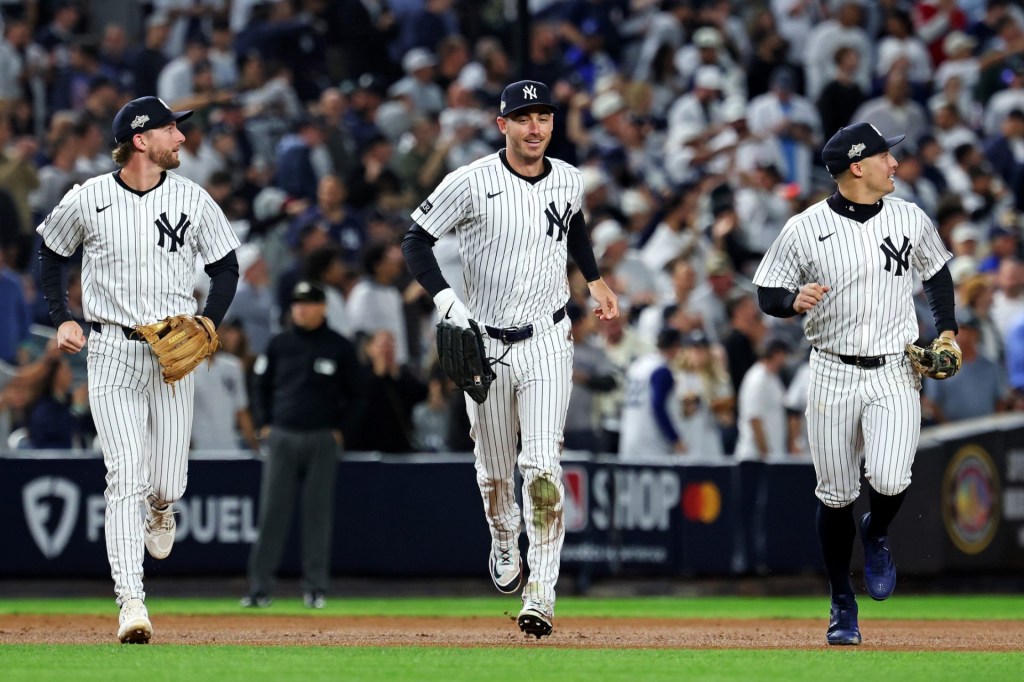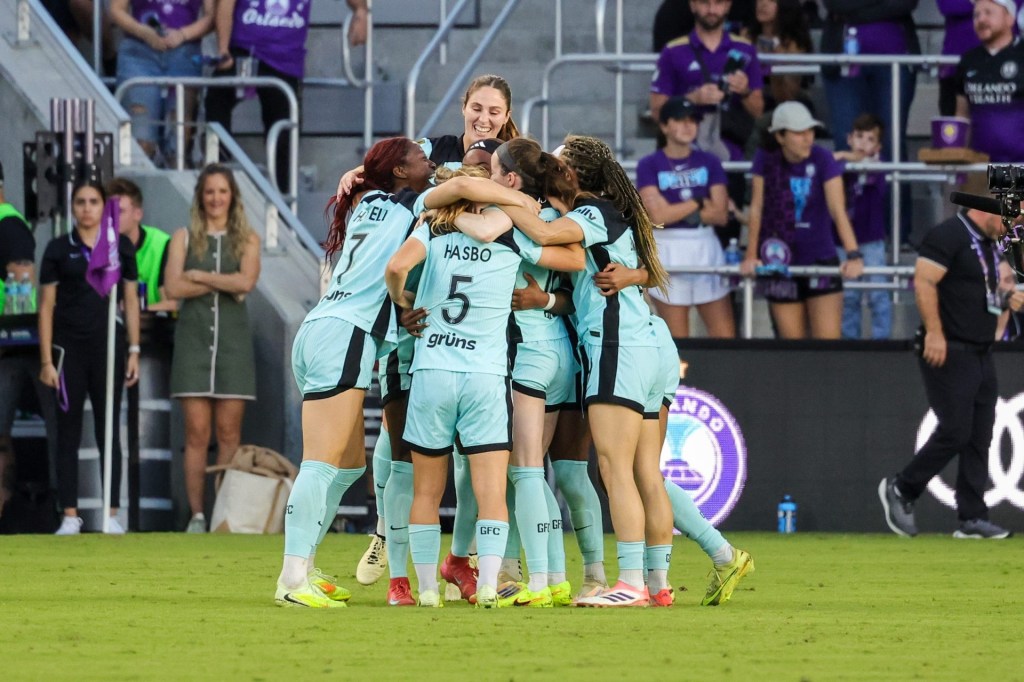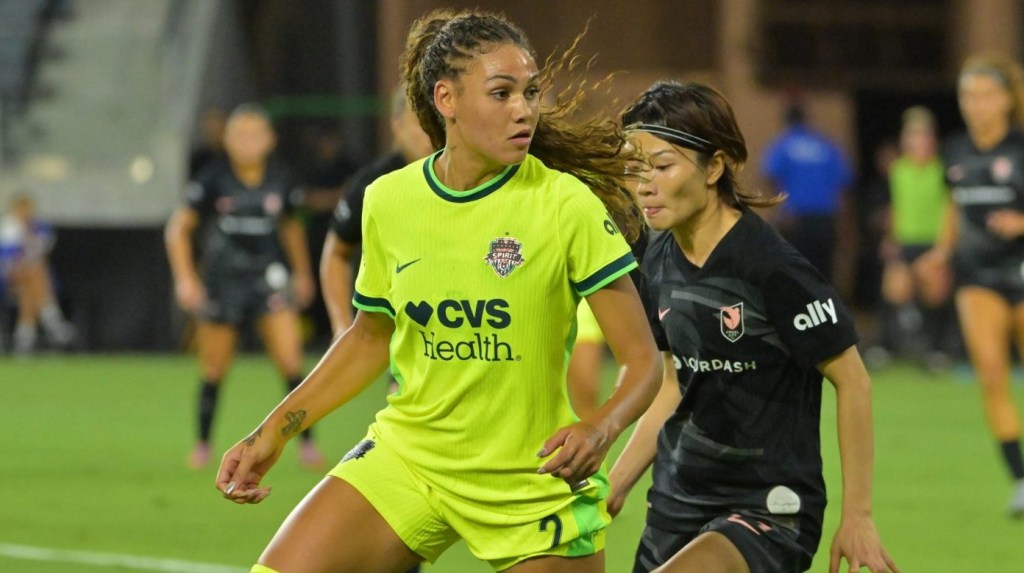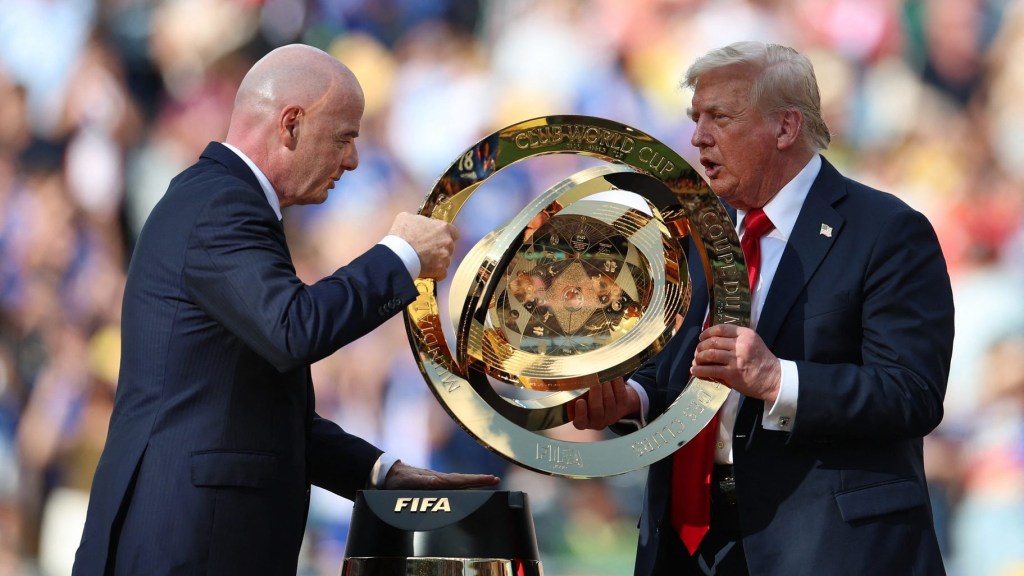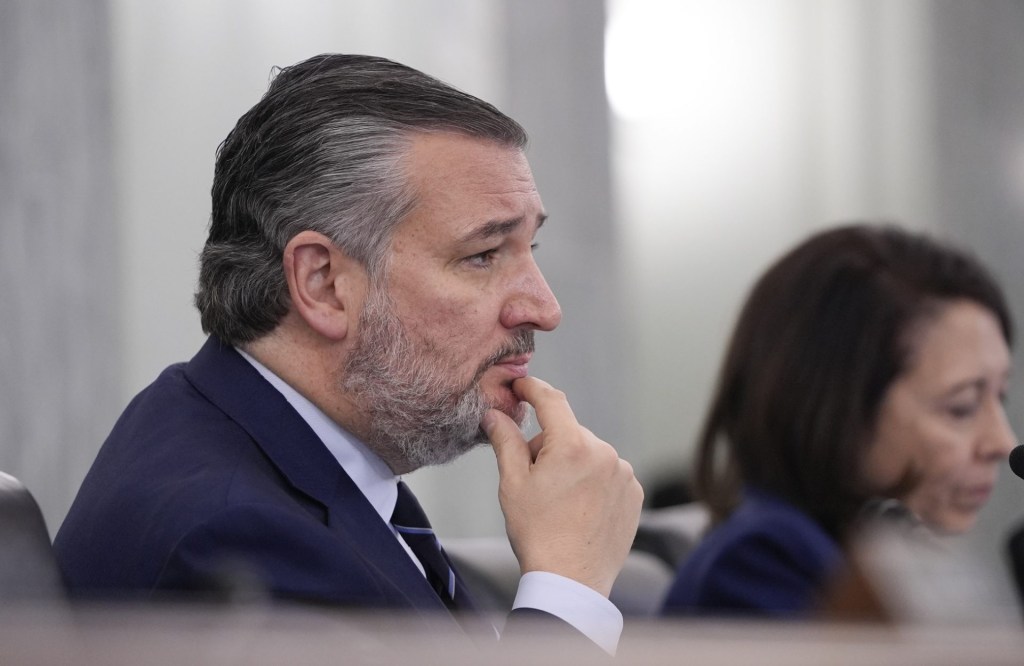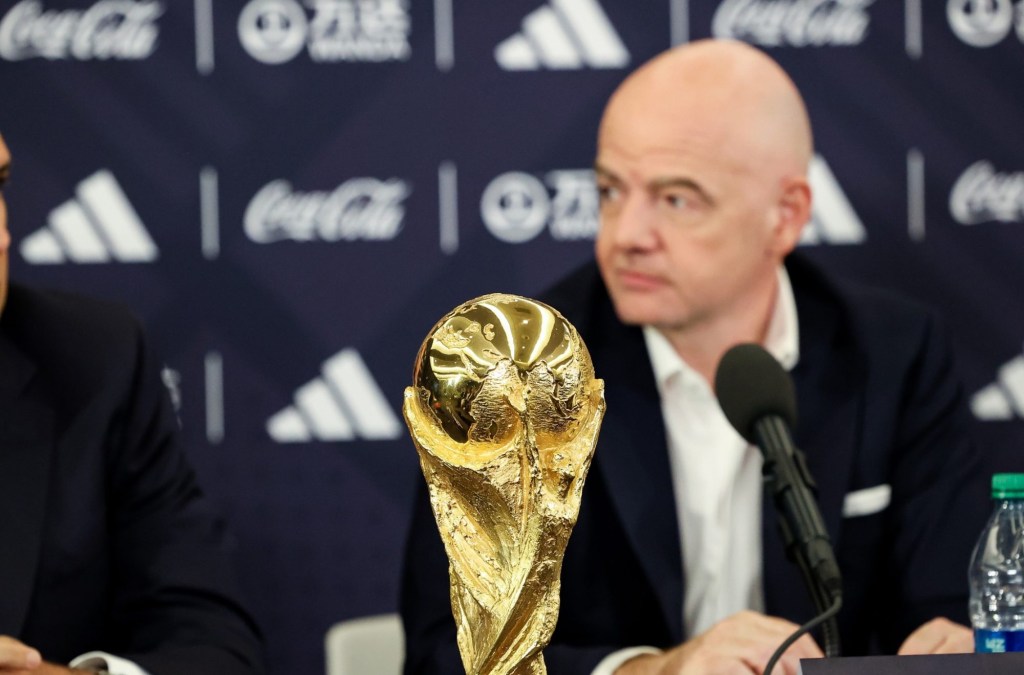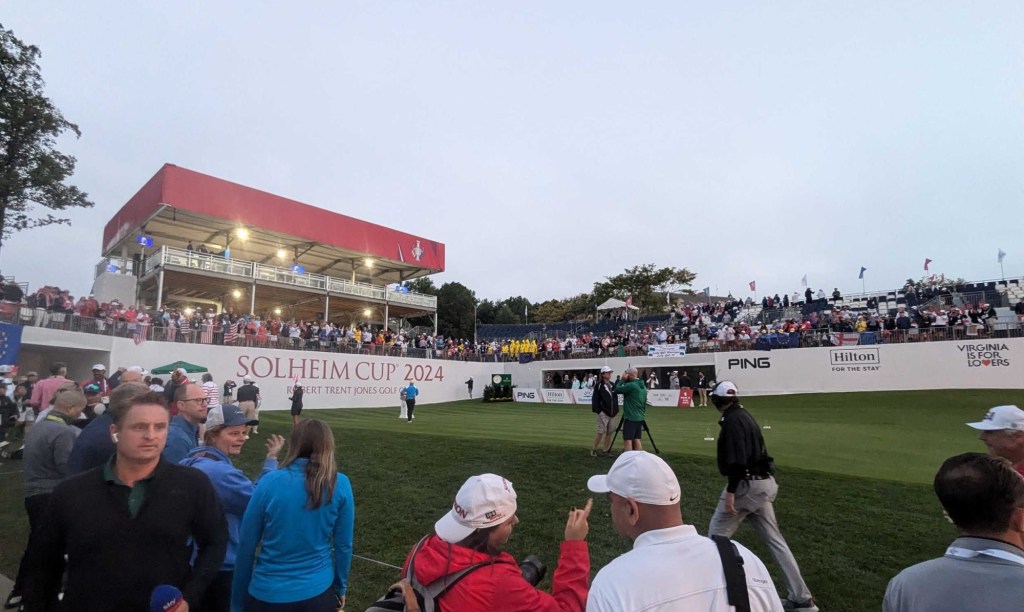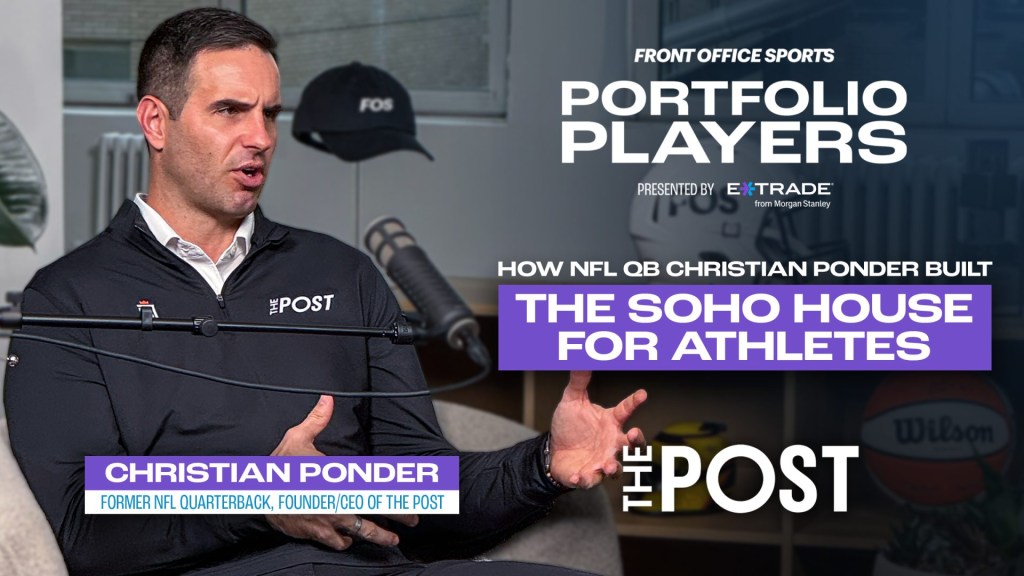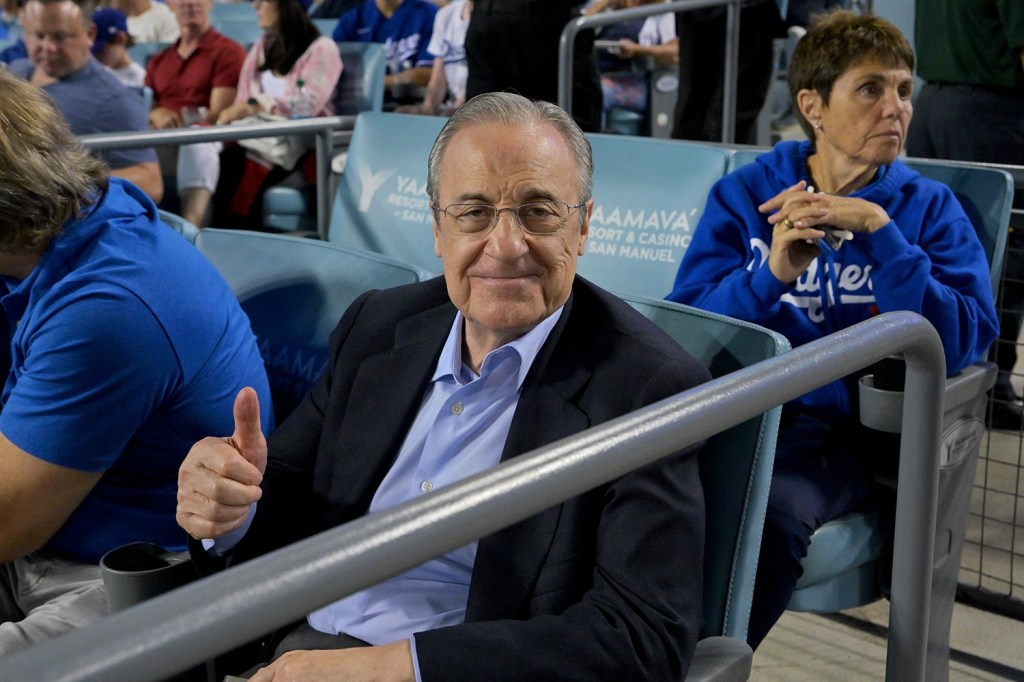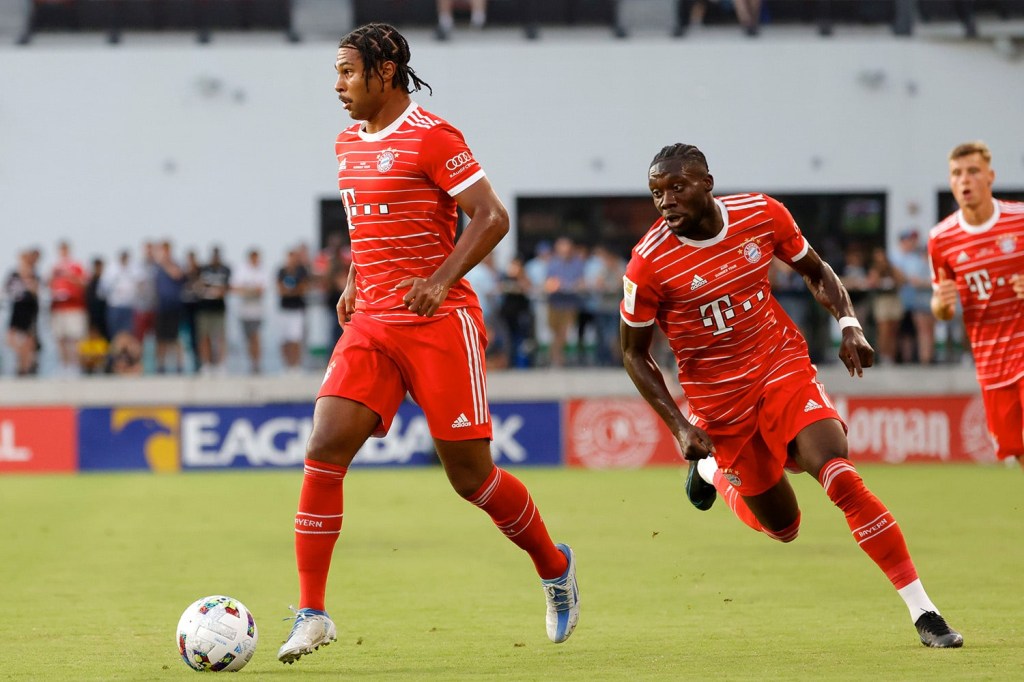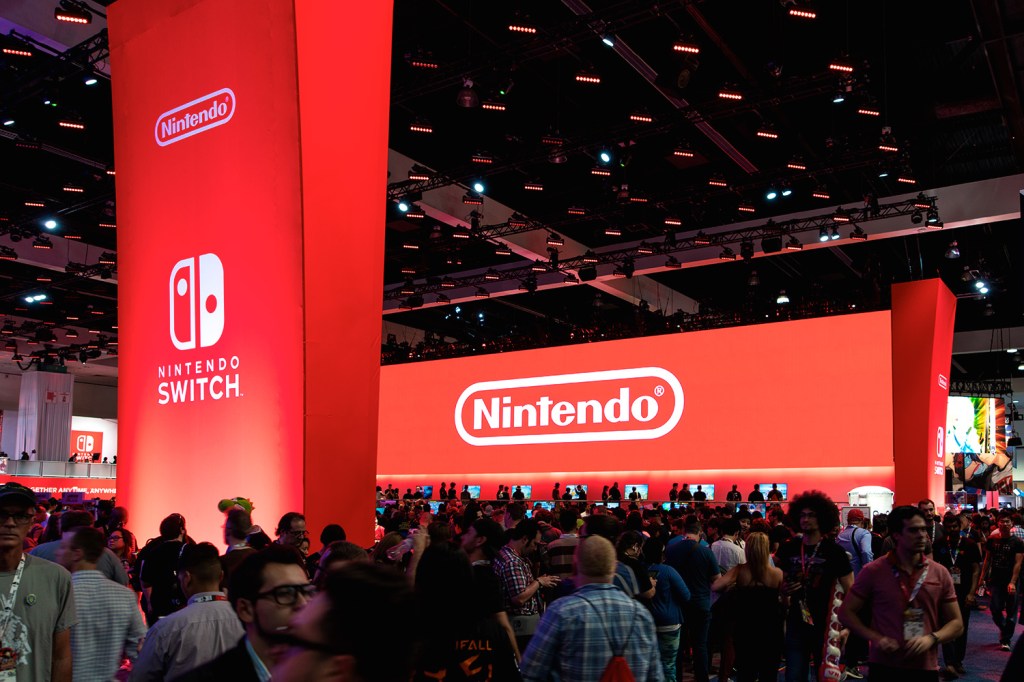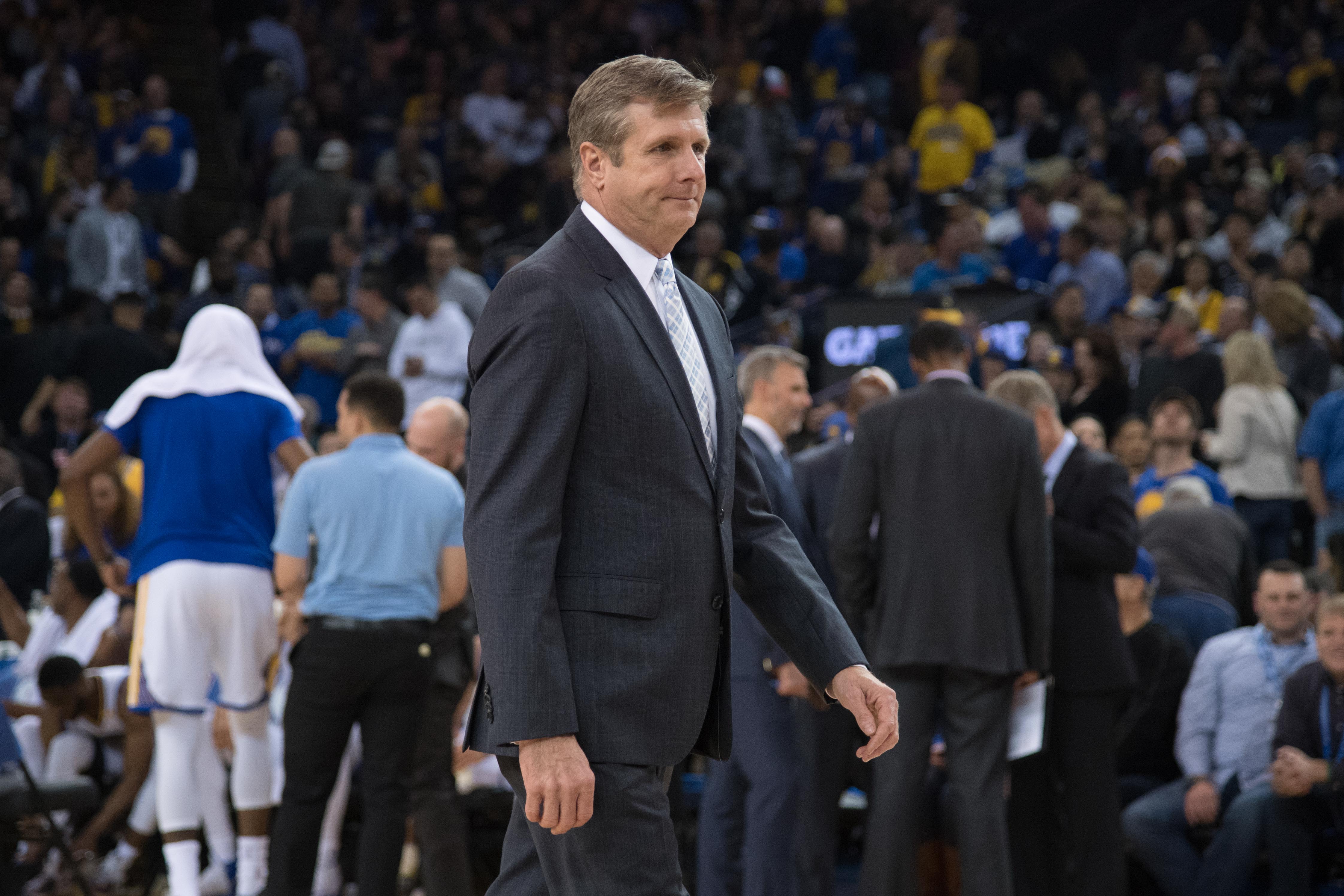
Photo Credit: Kyle Terada-USA TODAY Sports
There are still six months to go before the Golden State Warriors play their first-ever game in Chase Center, its new home in San Francisco’s Mission Bay neighborhood. But, according to Warriors President and COO Rick Welts, “everything’s happening all at once” behind the scenes.
From its 29 retail locations to the 200-plus events it’s expected to host each year to, of course, the basketball team, Chase Center is expected to change San Francisco by providing the sort of hybrid sports-entertainment venue the city has never known. And, for the past seven years, it’s been Welts’ job to help spearhead every step of the building’s development.
Welts sat down with Front Office Sports this week to talk about the move, the team and the wider world of the NBA. In the first of this two-part conversation, he discusses the promotions strategy and what impact the Warriors’ offseason could have on it, the business opportunities Chase Center provides, the goal of becoming a world-class entertainment venue, what the move to San Francisco will do for the Warriors, and more. This conversation has been lightly edited for clarity.
As we get closer to opening night, what is your promotions strategy going to be in these coming months?
Well, a lot of it will be around the announcements of the events that will take place there. So we did a bunch of those last week. We’ve already done another yesterday — John Mayer. And also, a big element of the project is three-and-a-half acres of public space and a big entry plaza that can hold about 2,000 people. The idea is we’re going to activating Chase Center 365 days a year with the restaurant activity and office activity there that, whether or not there’s an event actually playing in the arena at Chase Center, it’s going to be a destination for people to come and enjoy next to the San Francisco Bay, whether or not there’s a Warriors game or concert playing that night.
READ MORE: Future of Basketball Trending Toward More Beautiful, Global Game
From a team standpoint, how are you planning on activating that space and promoting everything ahead of that Laker game?
First, we’ve got to move in, and it’s an ambitious project from the basketball side, too. Because we’re not only moving our business offices into Chase Center but we’re also moving our practice facility, building a new practice facility and team headquarters in Chase Center as well. So it’s a big undertaking, and in that month of August, we’ll be moving our team as well as our business operations from downtown Oakland in the East Bay to Mission Bay in San Francisco. So it’s a very big undertaking. The Warriors have promoted themselves pretty well over the course of the last five years. So we’re well through the process of selling our season tickets. We’re going to be in a smaller building, an 18,000-seat arena — Oracle Arena, where we’ve been the last 47 years, is actually 19,500 seats.
We’re doing that to try and create what we think’s the optimal environment for both NBA basketball and concerts. That’s a big piece of the architecture.
We have as many suites as we have at Oracle Arena but they’re distributed very differently. There’s only one ring of traditional suites between the upper and lower bowls of the arenas. We’re going to have 32 event-level suites, something Madison Square Garden invented and called bunker suites, where your hospitality area is actually tucked behind the seating bowl but you have direct access out to your seats. Ours will be in rows six, seven, eight and nine. That in our market, in San Francisco in 2019, has proven to be the most popular product that we have to sell.
So we’re also finishing up our sponsorship agreements and for the Warriors for next year and I think we’ll be able to say we have the most successful pre-opening program in that respect that any arena has ever had as well. So a lot of things coming to a head at exactly the same time when we open the building but it’s seven years of work that have kind of gotten into this last home stretch.
This is obviously a pivotal offseason in regards to the on-floor product. There’s a chance the team could look fundamentally different. How does that affect what you are or aren’t going to be rolling out in the months to come? How much do you think you potentially might need to be nimble if something does happen unexpected there?
It hasn’t really affected us at all at this point. It’s a subject of great curiosity, especially media curiosity, obviously, but there’s absolutely nothing that can be done about it until July and I think Coach [Steve Kerr] has done a great job of saying just that. That, look, as a basketball team we’re just focused on what happens as we head down the home stretch of the regular season and then into the playoffs and hopefully into the finals and we’ll worry about July in July.
Frankly, I think our fans have a high level of confidence that, whatever does happen, the management of the Warriors is going to find a way to have a very successful team on the court next year, and that’s certainly our goal, and I think we’ve been able to do some unexpected things over the course of the past four years that have resulted in that. I hope we’ve developed a level of trust and belief in our basketball organization that we are prepared to do whatever we think it takes to be a really good basketball team next year, and people will make the decisions they make. Some may fall in our favor, maybe one doesn’t. But we think we’re going to be in a position to continue to be a really good basketball team going forward.
From a business standpoint, what will Chase Center allow you to do that you haven’t been able to do before?
A lot of it is just around the fan experience and event experience for people going to concerts. At Oracle Arena in Oakland, we don’t own the building. It’s owned by the city of Oakland, the county of Alameda, and they hire AEG to manage the building. So none of the people that actually work at Oracle Arena have a reporting structure to the Warriors. We love those people, we’re inviting them to apply for jobs at Chase Center, but the reality is we don’t have direct supervision over the fan experience.
So for us, the two big changes are that element where we now have all that responsibility as our organization and transforming from a basketball team that rents its arena to a sports entertainment company that owns its own building, manages it and is hosting 200 events a year, with only 60 or so of those being Warriors games.
[mc4wp_form id=”8260″]
To that end, given that the construction and capacity have been with concerts in mind, that will be pretty high on the menu of events you want to bring in. What other types of events are you targeting and what do you want to do at Chase Center that you may not have been able to do before?
Everything you would expect, from concerts, family shows, business events. We announced last week WWE is coming to the arena, something that wouldn’t have been an activity we’d have undertaken a year ago. We announced our first Warriors game. We’re hoping that this place becomes must-play for every great artist in the world, that they really don’t consider their resume complete until they’ve played Chase Center.
And because of what’s being invested here, and I think because of what San Francisco represents as a city in the world, we really think we have a chance to be talked about in the same breath as the O2 in London or Madison Square Garden or Staples Center. We’ve got to earn that, but I think we have a pretty good chance if we do what we’re supposed to be doing and executing. We have a chance to be viewed the same way.
What do you think are the sorts of things you think you have to do to get to that point? What’s kind of the criteria you think will elevate you in that market?
From an artist standpoint, it’s got to be a spectacular experience playing Chase Center. Obviously, a lot of effort is focused on every aspect of what an artist’s experience will be and what their enterprise enjoys when they’re at our place. A lot of stuff that’s really way technical, the way shows load in and load out, will be very different at Chase Center. We’ve – at great expense – gone down three levels below street level to build about 1,000 parking spots but also to create pathways for all of the move-ins and move-outs at shows that won’t happen visible to fans. It will all happen underground, under the building. That, we think, is a real plus with building. We think the rigging system is the most technologically advanced of any rigging system of any arena, and I think that has cost implications, efficiency implications when you’re rigging a big show for a concert. How long it takes them to move in, how long it takes them to move out. We’ve spent an awful lot of time focusing on those types of elements in their experience that we think will have people take a look at Chase Center and go, ‘Wow, that’s a tremendously professional and good experience for an artist to play that building.’
What do you think this building is going to mean to the city of San Francisco?
It’s a head-scratcher, right? Because San Francisco, in its history, has never had a world-class sports and entertainment arena. You can’t really say that about any city half San Francisco’s size in the United States. So it’s been a missing piece of cultural landscape in San Francisco forever. And I think we’re hoping to really add something from a cultural standpoint to the city and to the whole Bay Area. It’s a 100-percent privately financed arena and project, which is extraordinary in 2019 and really unprecedented for decades in the NBA. In some ways, it’s a cultural gift to the city of San Francisco in addition to being a really cool place for the Warriors to play for the next few decades.
Given that, what do you believe being in San Francisco means to the Warriors?
I think how San Francisco has evolved on a world stage, it’s the place in the world right now where I think people view a lot of our future being charted in the Bay Area. And I think that’s a pretty exciting environment for us to be operating in just in general, but I think even as a recruiting asset in trying to bring the best talent — basketball players or otherwise — to our organization, I think that it’s a real draw.
It’s becoming very important to 20-somethings who are interested in those things to be able to be located in the Bay Area, and our players are in that group. We have a lot of players who have taken the opportunity of their presence in the Bay Area to get to know a lot of the media and tech companies that are based there, and even some of them have made personal investments in those companies because of the access they have to those companies and who they are. They really do, if they have that interest, have an opportunity to be much more immersed in kind of the 21st-century technology culture than you could experience anywhere else in the world.
READ MORE: NBA Associates Program Offers Former Players a Path Back to Basketball
How much of a recruiting advantage do you believe that is?
It’s been big. I think, for example, like an Andre Iguodala or a Kevin Durant have focused a lot of their energies off the court in trying to understand opportunities and opportunities in the technology space and, in our case, being investors in those spaces. Because of who they are, they have unique access to the top levels of technology companies in the Bay Area that other players in the league located in other places don’t necessarily have. I think over time, it’s a big advantage. I think just being in the Bay Area is a big advantage. Just culturally and aesthetically it’s an amazing place for a basketball player to live and a concert artist to perform. We like the location.
From an organizational standpoint, what are the biggest goals that will get underway once you’re in the new building? Where do you want the team to be growing?
We’ve already announced the second phase of our Chase Center project, which is to build a hotel and condominium project immediately adjacent, on the same property as Chase Center. So that’s already an initiative that we’re starting. From an overall organizational point of view, we’re transitioning from a basketball team that rents its building to a sports entertainment company that manages every aspect of the facility as well as the experience of the people that go there. So that is a very big transformation for us. We’ll go from 200 to 300 full-time employees, non-basketball employees and we’ll probably add 1,000 part-time staff that don’t work for us now. That’s a heavy lift from a human resource standpoint that’s going to take place over the next few months.
